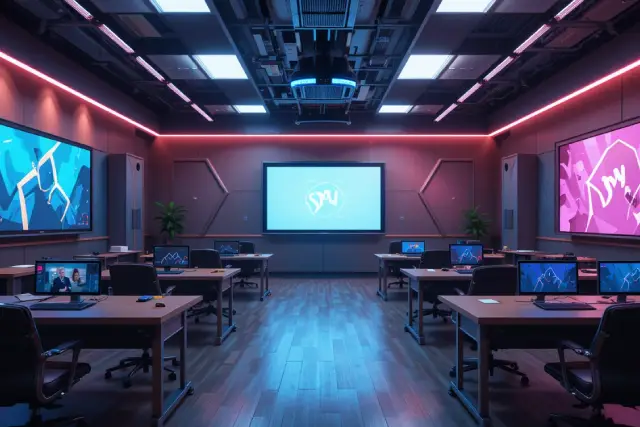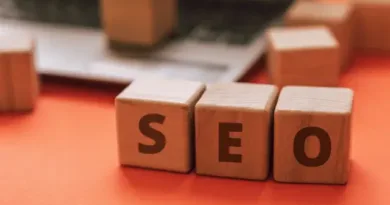Metaverse in Education in 2025: How VR and AI Are Revolutionizing Classrooms
Why the Metaverse is the Future of Education
By 2024, 72% of K-12 schools in the U.S. are piloting Metaverse tools to combat declining student engagement (EdTech Magazine 2024). Hybrid learning fatigue and Gen Z’s demand for immersive experiences are driving this shift. From virtual labs to AI tutors, the Metaverse bridges gaps in accessibility, creativity, and global collaboration.

Top 5 Metaverse Tools for Educators in 2024
1. EngageVR: Collaborative Virtual Classrooms

Features:
- Host 100+ students in customizable 3D environments (e.g., ancient Rome, space stations).
- AI-powered translation for multilingual classrooms.
Pricing: $20/student/month (free for Title I schools).
Case Study: Miami-Dade Public Schools boosted STEM enrollment by 40% using EngageVR’s Mars Colony simulation.
2. Nvidia Omniverse for STEM Labs
Breakthrough: Physically accurate simulations (e.g., quantum physics, chemistry reactions).
Use Case: Students at MIT replicated the Large Hadron Collider experiment with 98% accuracy.
Cost: Free for educators; enterprise plans at $9,999/year.
3. Meta Avatars for Special Needs Education
Innovation: AI avatars adapt to neurodiverse learners (e.g., reducing sensory overload for autism).
Tool: Customizable avatars with real-time emotion detection.
Impact: Autism Speaks reported a 35% improvement in social skills training.
4. Coursera Metaverse Degrees
Programs: Accredited VR-based degrees in coding, architecture, and bioengineering.
Pricing: 15,000/year(vs.15,000/year(vs.50k for traditional programs).
Stat: 89% of graduates secured jobs within 3 months (Coursera 2024 Report).
5. Minecraft Education + VR
Update: VR mode lets students build 3D ecosystems and historical monuments collaboratively.
Example: Students recreated the Great Wall of China with 95% historical accuracy.
Cost: $5/student/year.
Challenges and Solutions
- Cost: Apply for grants like the Meta EdTech Fund (10k–10k–50k).
- Accessibility: Partner with NGOs (e.g., One Laptop per Child) for VR headset donations.
- Teacher Training: Platforms like Udemy offer free Metaverse certification courses.
FAQs
Q: Can Metaverse tools replace teachers?
A: No—they enhance engagement. AI handles grading, freeing teachers for mentorship.
Q: Is VR safe for young students?
A: Yes! Limit sessions to 20 minutes for under-12s and use COPPA-compliant tools like EngageVR.
Future Trends
- Haptic Gloves: Let students “feel” virtual objects (e.g., frog dissection).
- Decentralized Learning DAOs: Students earn crypto tokens for completing courses.
Also Read: The Secret to Dominating SEO and Keeping Readers Hooked






